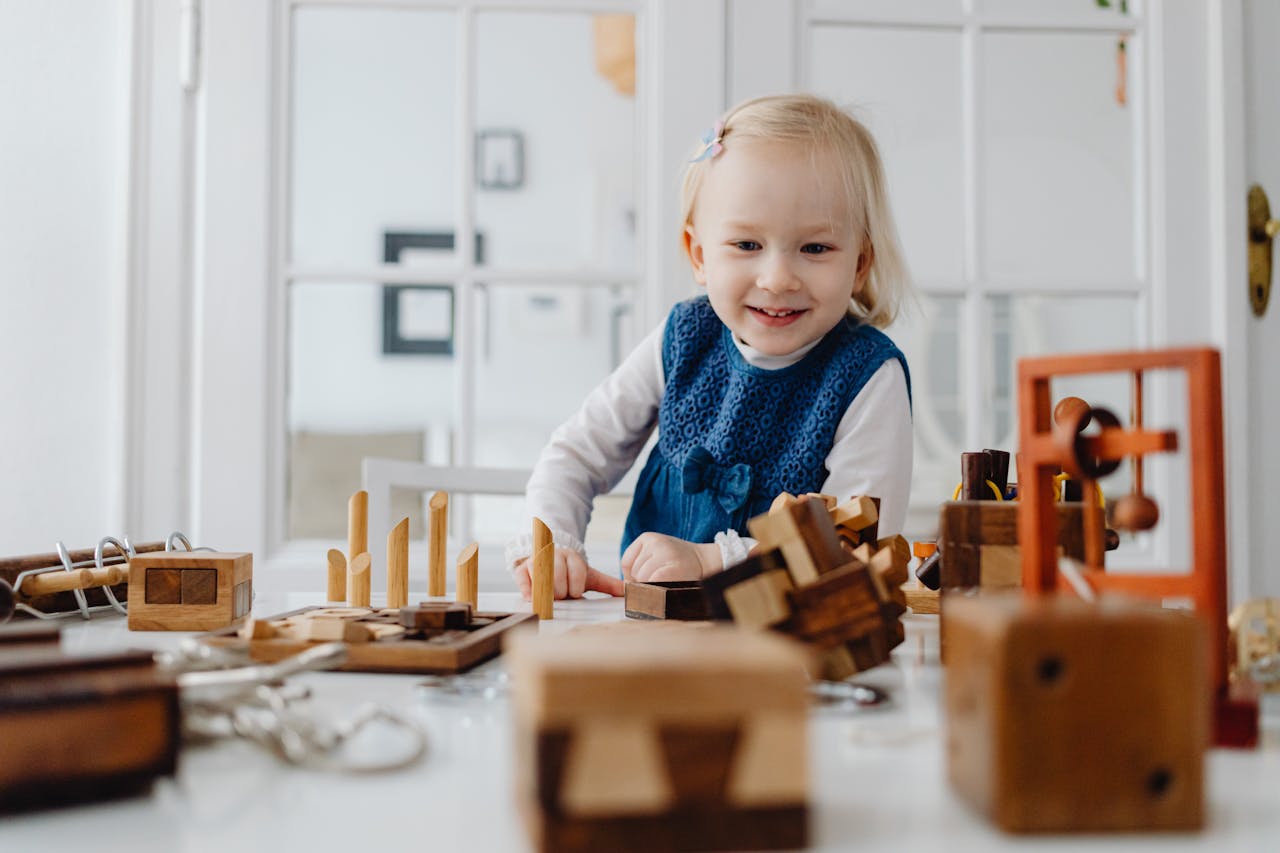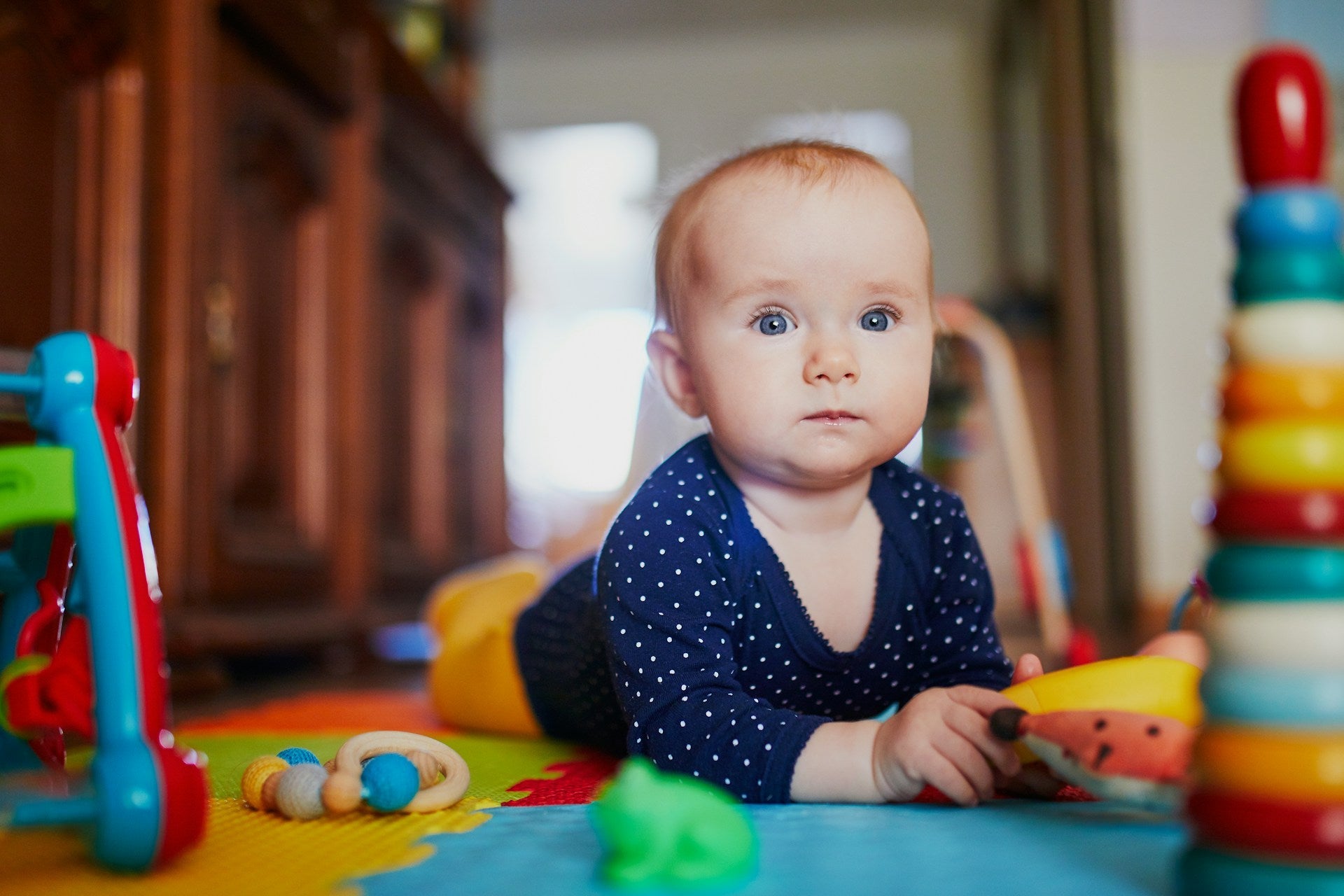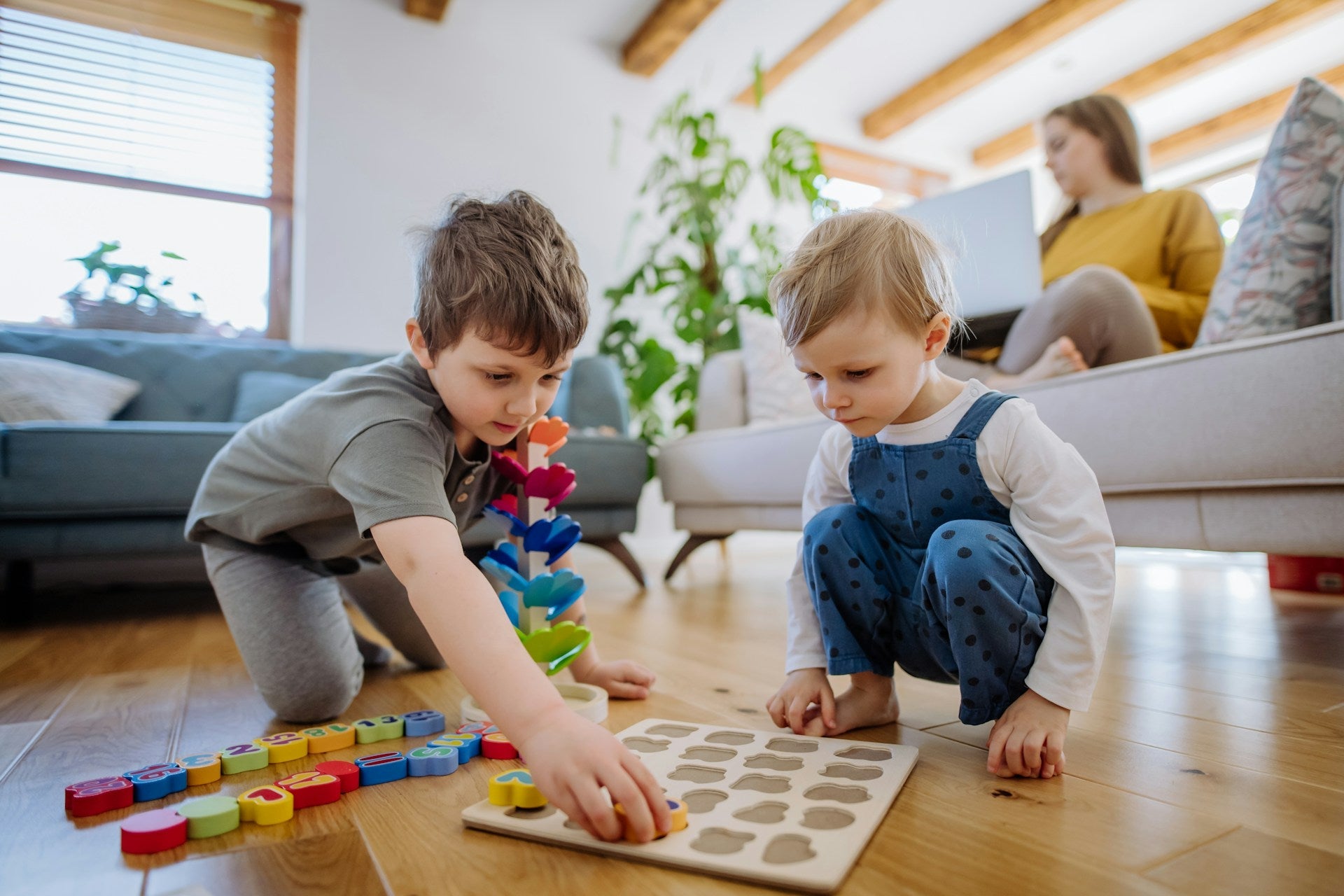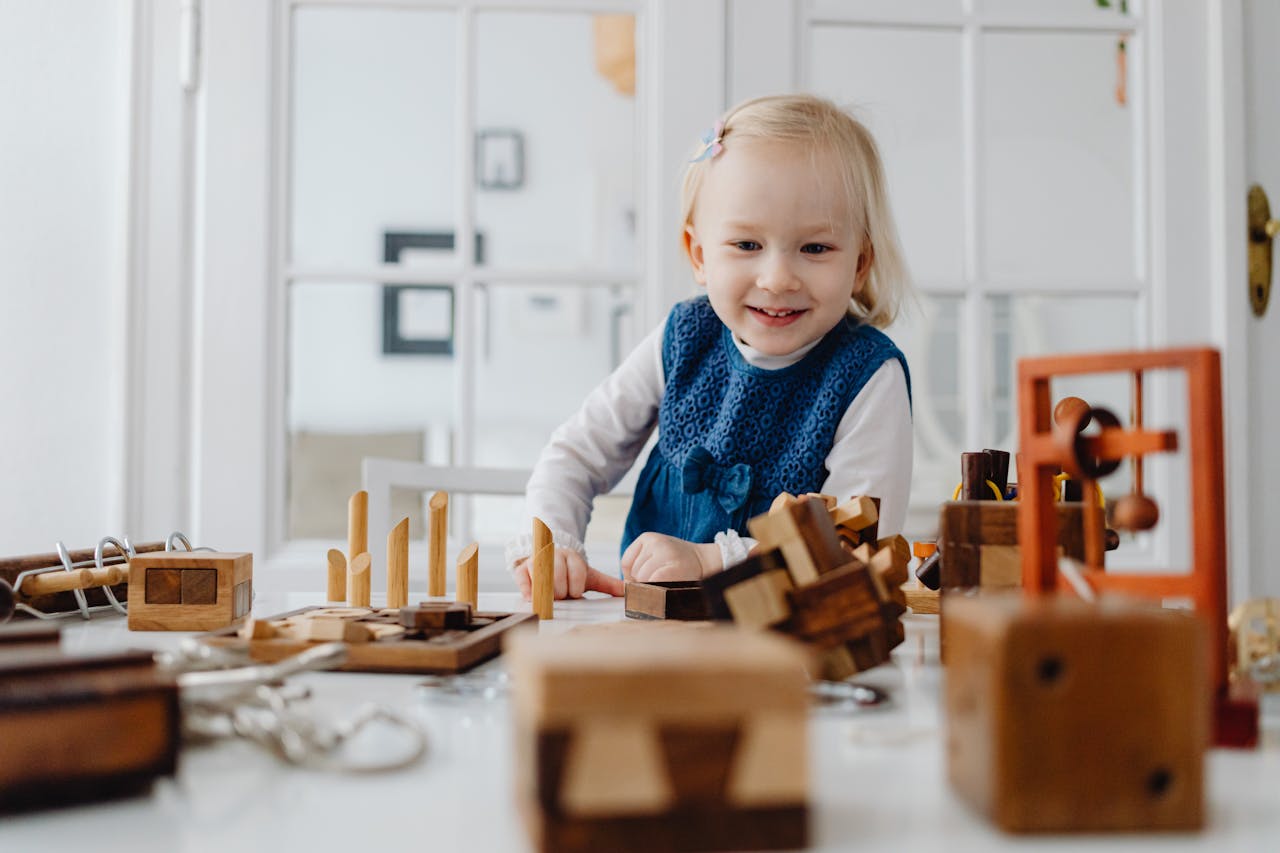Common Issues with Child's Learning Toys and How to Fix Them

Learning toys play a big role in a child's growth and development. These toys aren't just fun but are amazing tools for learning and building skills. Imagine a box of colorful blocks, each sturdy piece not only captures your child's imagination but also helps them grasp basic math ideas like numbers and shapes. As playtime continues, holding and stacking these blocks sharpens their motor skills while unleashing creativity. It's truly fascinating to watch how something as simple as blocks can teach and nurture. However, despite these benefits, parents sometimes encounter issues that make toys less engaging or effective.
You might notice your child's learning toys gathering dust on a shelf, ignored and forgotten. It's a common problem, when toys don't hit the mark or meet your child where they are. Perhaps the toy is too advanced and your child feels overwhelmed, or it's too simple and doesn't hold their attention. Sometimes, too many toys might lead to overstimulation, while a lack of sensory features might result in boredom. Understanding these common challenges can help us figure out ways to keep playtime exciting and beneficial.
Identifying Common Issues with Child’s Learning Toys
Uncovering the issues with learning toys starts with understanding where the disconnect happens. One major challenge is when toys don't match your child's age group. If a toy involves skills your little one hasn't quite grasped yet, it can lead to frustration and disinterest. On the flip side, if a toy is too simple, it might not hold their focus for long. Striking the right balance is important for keeping them engaged.
Consider these tips for finding age-appropriate toys:
- Check age guidelines on toy packaging, but also consider your child's unique abilities and preferences.
- Look for toys that can grow with your child, offering different levels of engagement.
- Encourage hands-on interaction by selecting toys that promote problem-solving and creativity.
Another issue is the lack of sensory stimulation. Toys that stimulate the senses—like those with bright colors, interesting textures, or engaging sounds—tend to grab attention more effectively. Without these sensory elements, a toy might fail to captivate your child's curiosities. To counter this:
- Choose toys with multiple textures and colors.
- Look for toys that make sounds when manipulated, adding a surprise element.
- Incorporate toys that engage sight, touch, and hearing all at once.
The problem could also be overwhelming choices. Sometimes, having too many toys can actually make playtime less enjoyable. It can lead to a situation where your child doesn't know what to play with and ends up playing with nothing at all. Solutions include:
- Creating a toy rotation system to regularly swap out toys and keep them interesting.
- Organizing toys by type and keeping them neatly stored when not in use, reducing clutter.
- Encouraging focused play by offering a limited selection of toys each day, rather than the whole collection.
Lastly, consider if the toys align with your child's interests. Kids naturally gravitate towards activities and toys that reflect what they're excited about. Think about themes or characters they love and seek out toys that match those passions. This could mean choosing dinosaur-themed building blocks for a mini paleontologist or a kitchen set for a budding chef. Paying attention to a child's toys means more fulfilled playtime, fostering a deeper connection and sense of accomplishment.
How to Fix Issues with Child’s Learning Toys
Finding solutions for toy-related challenges can make playtime more enjoyable for both children and adults. One effective approach is toy rotation and organization. Rotating toys helps keep them fresh and exciting. It minimizes clutter and makes toys more inviting. An organized toy space encourages children to focus on play.
Here's how to set up a toy rotation system:
- Choose a few toys for display while storing the rest out of sight.
- Rotate toys every couple of weeks or when your child seems bored with the current selection.
- Make sure each rotation offers a balance of different types of toys—some for building, some for pretend play, and others for sensory exploration.
Interactive play and involvement increase the value of toys, too. The best memories are often made when families get involved in playtime. Siblings playing together or parents joining in can make a big difference. Simple games like puppet shows using toys or storytelling can become wonderful moments of learning and bonding.
- Turn toys into characters and create stories together.
- Use building blocks to create a collaborative construction project.
- Organize a pretend grocery store or kitchen using play sets and real fruits.
Adapting and repurposing toys can bring a fresh perspective. An old toy can feel like new or spark different types of play. This can include mixing and matching parts from different playsets to create something unique.
Creating an Engaging Play Environment
Crafting a play space that encourages focus and creativity is key. An effective play area doesn't require much space but should be inviting and capable of nurturing imagination. Think of it as setting the stage where everything a child needs is within arm's reach.
- Use open shelving for displaying a few toys and swapping them out regularly.
- Incorporate storage solutions like baskets to quickly tidy up toys when not in use.
- Introduce tools and materials that invite imagination like clay, colored paper, or simple puzzles.
- Montessori-inspired setups work well by using low shelves and child-sized furniture, allowing easy access to everything.
Keeping Playtime Fresh and Exciting
Keeping playtime exciting requires creativity and observation. It’s about nurturing new interests and fueling curiosity. Stay alert to what your child seems to favor at different times. Then gently direct their playtime to support those interests.
- Create themed play sessions around a favorite topic, like an outer space adventure using toy rockets and glow stars.
- Encourage outdoor play when possible, integrating natural elements such as stones or leaves.
- Mix in everyday objects to encourage experimentation.
Ensuring Joyful and Educational Play for Your Child
Wrapping up, addressing common issues with learning toys doesn't just solve problems; it transforms playtime into something truly enriching. The right toys, presented in the right way, can become tools that unlock a child's potential. With thoughtful choices and adjustments, these toys can entertain, teach new skills, and build confidence.
Engagement through organized spaces, thoughtful toy selection, and family interaction creates an environment that nurtures happiness and learning. Let's embrace every chance to enrich our children's experiences, remembering that play is a powerful way to connect, grow, and discover the wondrous world around us.
Explore the joy of child's learning toys that inspire creativity and growth, perfectly suited for Montessori education. At Hatchberry, we provide a variety of thoughtfully designed toys that enrich playtime while supporting your child's development. Visit us to discover how these toys can become a valuable part of your child's educational journey.








